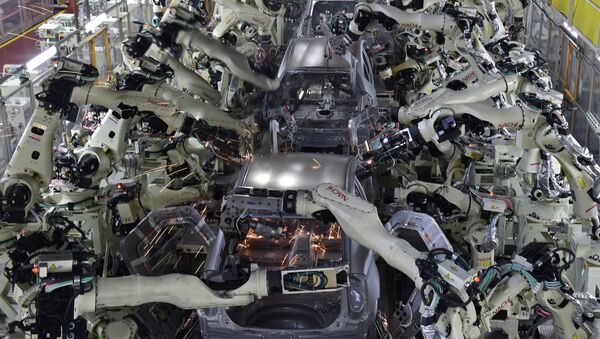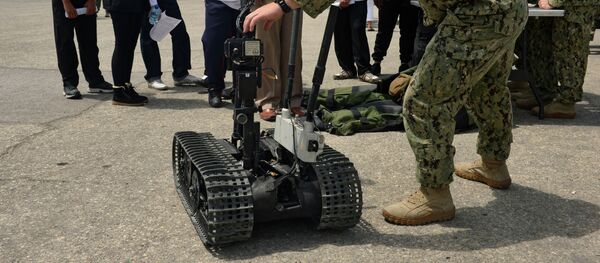"As a result [of robotics], the total cost of manufacturing labor in 2025 could be 16 percent lower, on average, in the world's 25 largest goods-exporting nations than they would be otherwise," the consulting firm said in a press release to its new research.
In the countries that are at the forefront in deploying industrial robots, namely the United States, China, South Korea, Japan and Germany, labor costs will decrease by at least 18 percent, the BCG study forecasts.
BCG senior partner Harold Sirkin said rising labor costs around the world are pushing manufacturers to find ways of increasing output per worker so as to stay competitive, thus turning to robotics for a solution.
The study estimates in 2025 output per worker could rise by 10 to 30 percent, depending on the country and industry.
For example, China, one of the world's largest markets for robots and automation, will compensate more significantly for the loss in cost competitiveness created by rising factory wages and the challenge of finding workers, according to BCG.
Small manufacturers are also predicted to deploy automation to a great extent as industrial robots become more affordable and easier to program.
Meanwhile, according to Sirkin, manufacturers need to start training their workers for the coming "robotic revolution".



